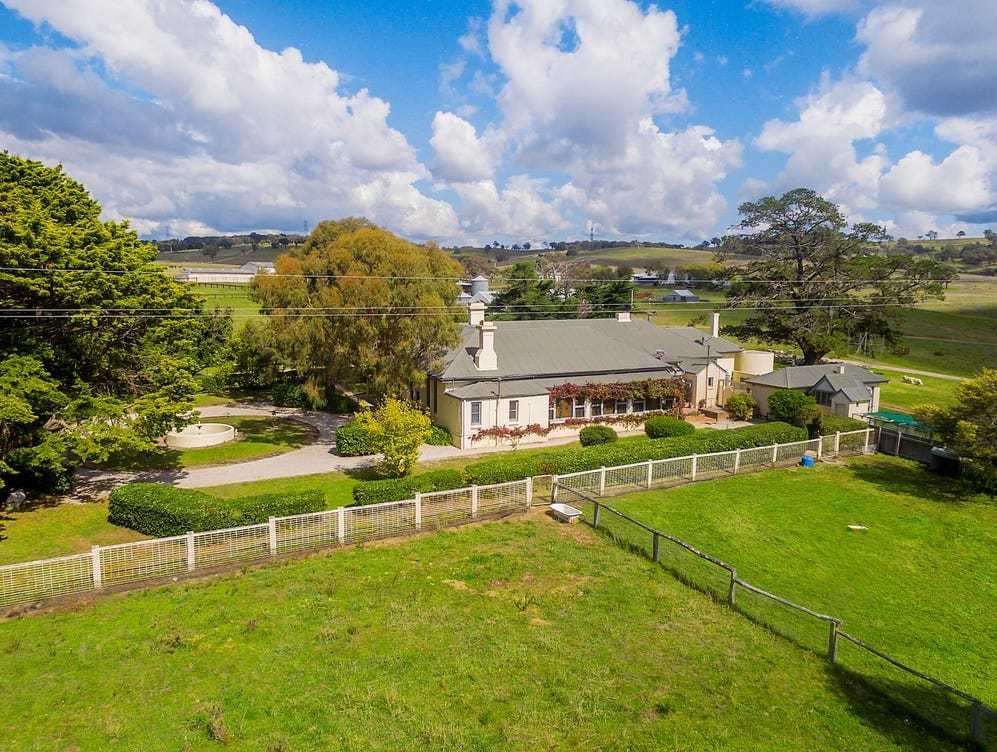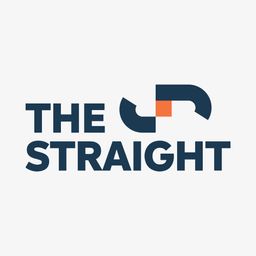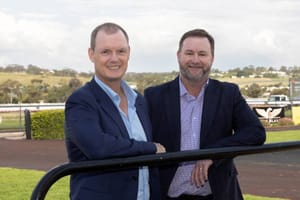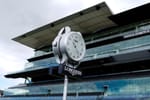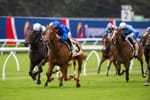The scope of Racing NSW’s thoroughbred rehoming and equine welfare program has been publicly disclosed as the regulator reveals it has had to allocate additional funding to prop up the scheme over a three-year period.
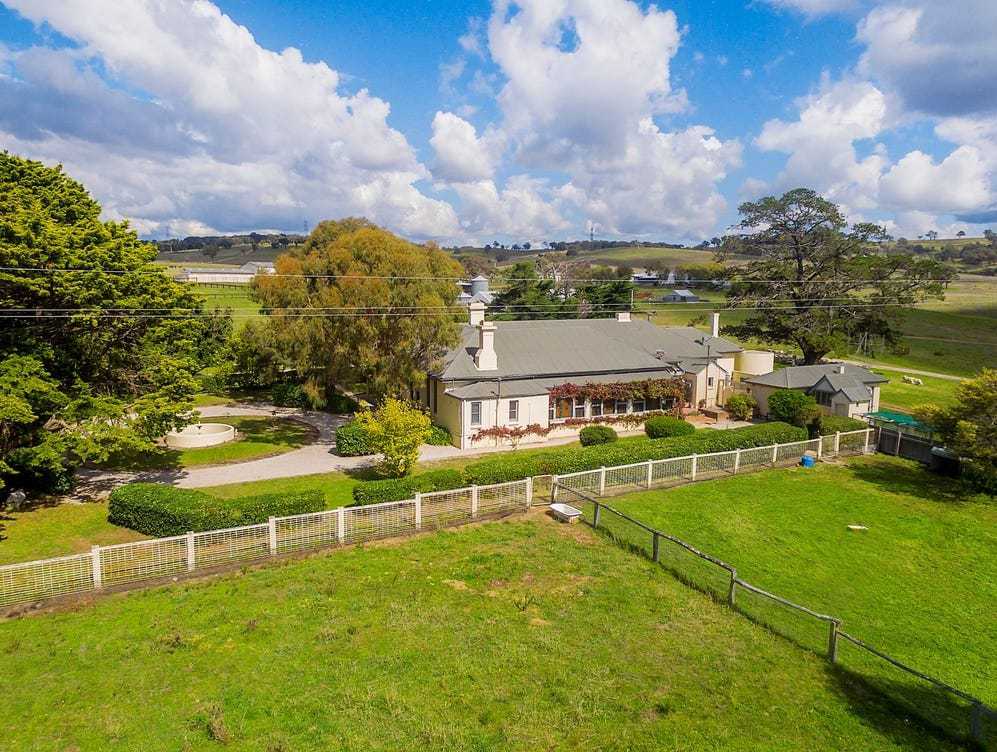
In response to supplementary questions from a NSW parliamentary inquiry into the potential sale and redevelopment of Rosehill racecourse, Racing NSW revealed it currently provides care for 581 retired racehorses across six facilities around the state.
Amid ongoing industry conjecture about how the Equine Welfare Fund (EWF) is used, a Select Committee inquiring into the Rosehill sale process requested Racing NSW supply financial statements and data associated with running the project.
A submission co-authored by chief executive Peter V’landys and chief operating officer Graeme Hinton showed that Racing NSW has set aside $20 million in provisions if the EWF doesn’t cover costs.
Since September 2022, Racing NSW has deducted 1.5 per cent of all prize money allocated across the state as an industry subsidy to the EWF. Before that, the rate was 1 per cent.
Figures presented to the inquiry reveal Racing NSW contributed $3.33 million over and above that prize money-based allocation in additional funding between 2018/19 and 2021/22.
The regulator tipped in $1.38 million in the 2021/22 financial year to go with the $2.9 million subsidy from prize money as the scheme’s annual outgoings increased to more than $4.3 million.
Racing NSW first provided a $176,000 top-up in 2018/19 to meet a shortfall after it collected almost $2.5 million in prize money deductions.
The submission did not detail the 2022/23 financial year. The Racing NSW annual report from that year shows that equine welfare costs dropped from $4.2 million to $3.9 million, while the money collected through the prize money deduction surged to $4.8 million due to the rate rising by 50 per cent to 1.5 per cent.
A $960,000 surplus from that year was then put back into the equine welfare provision, which as of the end of the 2022/23 financial year stood at $19.1 million.
Equine welfare numbers for the 2023/24 financial year have yet to be announced.
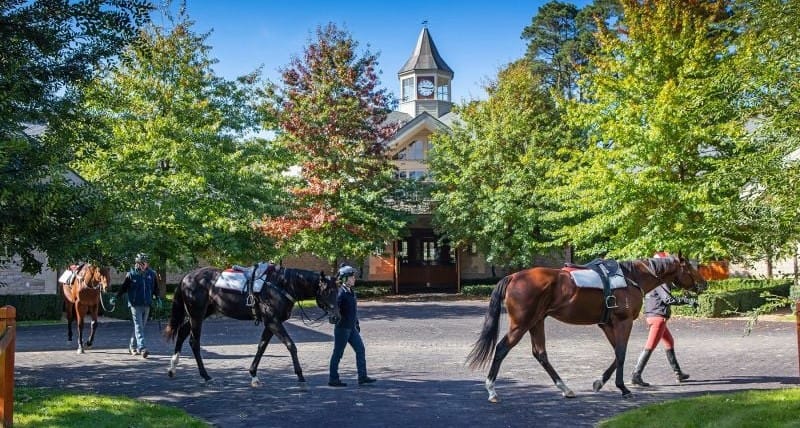
The equine welfare provision is one of four Racing NSW has on its books, alongside $36 million for club sustainment, $106 million for prize money and $116 million for capital expenditure.
V’landys’ appearance on the second day of public hearings at the inquiry created a flashpoint moment when he accused “wealthy breeders” of being “cheats” and “liars” who he claimed had a clear agenda on animal welfare issues.
“You know why they're focused on this? Because they want to show that it is too expensive to rehome horses and that we should allow them to put them in abattoirs,” he told the hearing.
“That's what the campaign's about. They want to get rid of me so they can put horses into abattoirs.”
Earlier, in reply to a request from the Animal Justice Party’s Emma Hurst for more disclosure on welfare information, V'landys said: “We've got nothing to hide. We're proud of what we do. Transparency is your friend.”
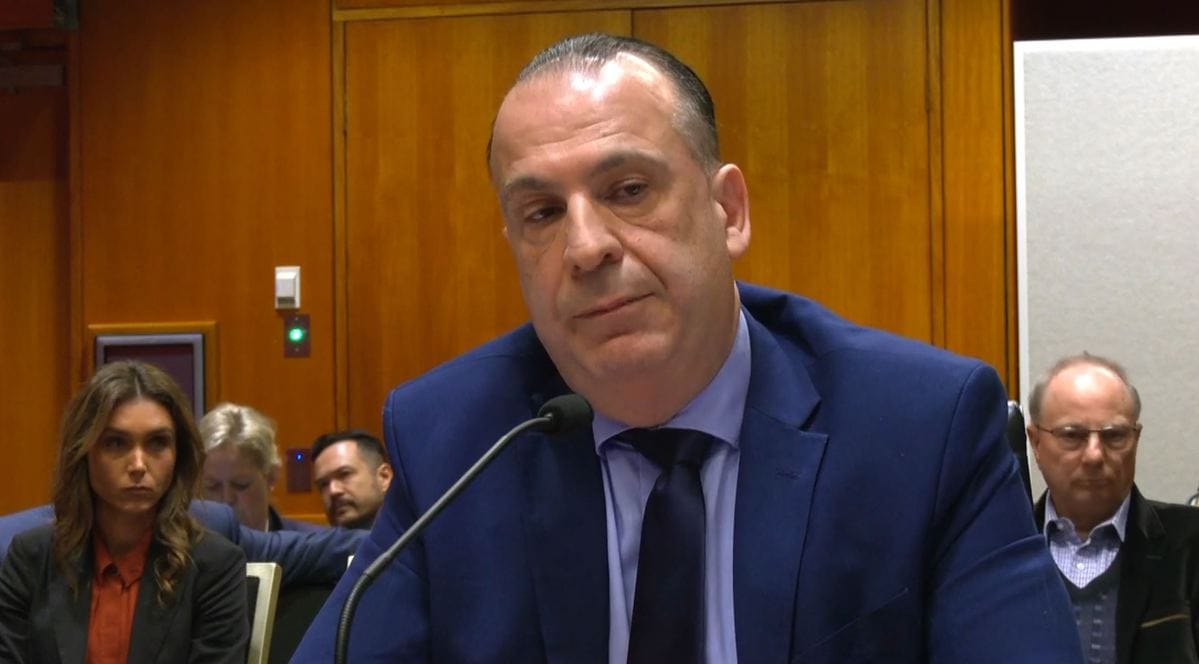
Despite insisting the committee’s supplementary questions didn’t fall directly under the Rosehill inquiry’s terms of reference, the V’landys-Hinton submission said they would be addressed to counteract a “misinformation” campaign.
As of August 30, there were 312 horses retired to the Racing NSW-owned property in the state’s central west known as Bandanora, 90 at Glenferrie Farm, 59 at Bart’s Farm, 57 at The Grange and 20 at Belltrees near Scone.
A further 43 horses were domiciled at St Heliers Correctional Centre at Muswellbrook.
Since 2019/2020, Racing NSW records presented to the inquiry show there have been 12,326 thoroughbreds retired in the state. The regulator says an “overwhelming majority” are rehomed by owners under their obligations to a local racing rule.
“Most importantly, the horse is not to be directly or indirectly sent to an abattoir or knackery or similarly disposed of and is not to be sold or gifted at a livestock auction that is not approved by Racing NSW,” the submission read.
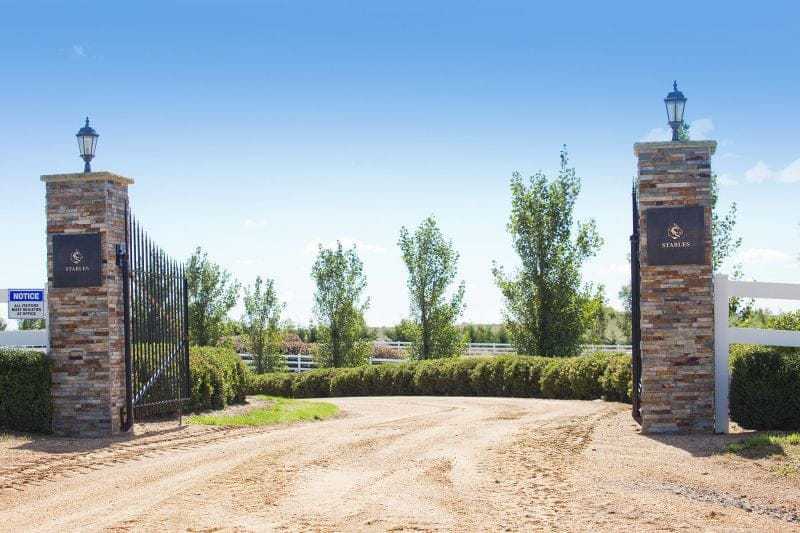
Racing NSW data since 2020 shows that it received 469 applications to rehome a thoroughbred, with 348 meeting the organisation’s criteria.
Overall, there were 380 horses rehomed during that period.
“In the limited circumstances where horses cannot be successfully rehomed by their owners, Racing NSW’s rehoming program provides support such as assisting them with information for Racing NSW approved livestock auctions (with a minimum reserve being set).
“If the horse is still unable to be rehomed, then it can be accepted into one of Racing NSW’s properties where efforts will be made to retrain and rehome that horse.
“Horses who are not successfully retrained and rehomed are able to be transferred to one of Racing NSW’s welfare properties where it will reside for the rest of its life.
“Accordingly, Racing NSW’s welfare properties essentially act as a safety net once owners have exhausted all other rehoming options and used all reasonable endeavours in doing so.”
Racing NSW says there are 30 staff members involved in its rehoming program, including five each at Bart’s Farm and Bandanora.
In a breakdown of the EWF’s costs provided to the inquiry, Racing NSW said it paid $1.851 million in wages in 2022/23, down from $2.1 million in 2021/22.
The program’s feed bill was reduced from almost $918,000 to $790,000 over the corresponding period as two lucerne farms, now owned by Racing NSW, swung into full production.
Racing NSW said it had used money separate from the equine welfare funds to buy the properties.

